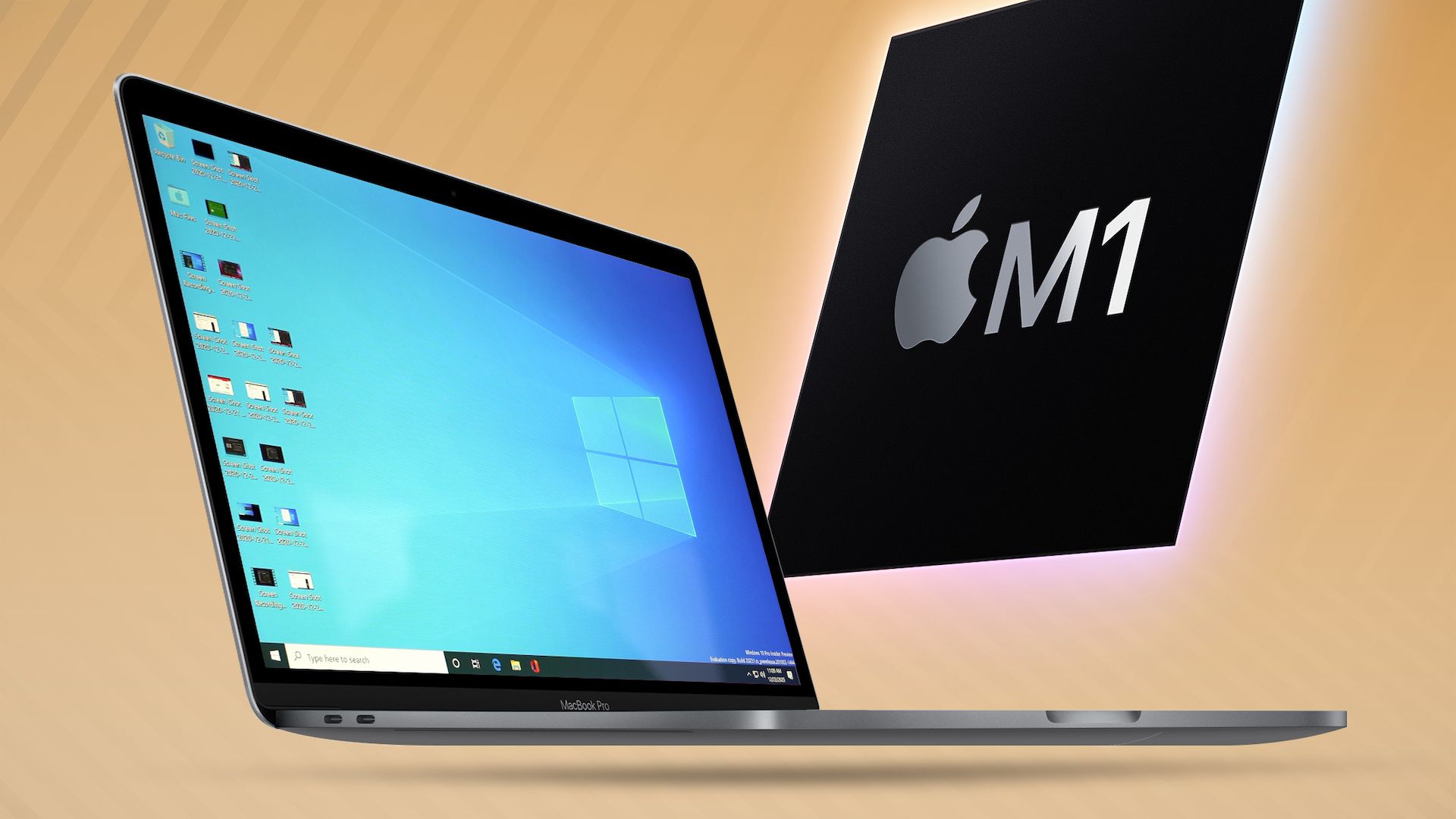
Late last week, Parallels launched a Parallels Desktop 16 for Mac Technical Preview Program, allowing M1 Mac owners to use the Parallels software. In conjunction with a version of Arm-based Windows available through the Windows Insider Program, it is possible to get Windows running on an Arm-based Mac.
In our latest YouTube video, we installed Parallels on a M1 Mac and tested Windows, but it didn’t exactly go smoothly. When we first installed Parallels on a M1 Mac, it was functional, but about an hour into the experience, we kept running into errors trying to get Windows to work. It was constantly freezing and the performance was terrible.
With some tinkering and some troubleshooting help for the MacRumors forums, we were able to get it to work well enough for testing. Parallels on the M1 Mac is available as a technical preview and Windows can only be installed through Windows Insider, so neither are release versions of software. Given that we are working with beta software in development, it is not surprising that there are issues to be resolved, and anyone looking to test Windows on a M1 Mac via Parallels could expect to deal with bugs.
When running macOS Big Sur, the M1 MacBook Pro with 8GB RAM has a single-core Geekbench score of 1719 and a multi-core score of 7384. When running Windows 10 through Parallels with the default two-core setting, the M1 Mac achieved a single-core score of 1491 and a multi-core score of 2753.
That’s pretty comparable to Microsoft’s own Surface Pro X in terms of multi-core performance, and better when it comes to single-core performance, so when it works, speeds aren’t that bad. Parallels only allows two cores by default when running Windows, but you can switch to four cores.
With four cores activated, multi-core Geekbench scores were much better, with a score of 5013. The single-core score didn’t improve that much at 1518. You can also enable eight cores, but going from four to eight cores didn’t work out much the performance (1524 single core and 5958 multi-core).
There are some performance issues in the four-core mode so it’s best to stick to the two-core standard whenever possible. When an app can be opened and run, the performance is solid, but there are a lot of bugs to deal with and a lot of software that doesn’t work.
Many pre-installed apps don’t work well and often refuse to open, but third-party apps like Geekbench seem to work as expected. For example, Paint 3D, the Xbox app, and Calendar app refused to work, but the Microsoft Edge browser and Office suite of apps were functional and performing quite well. Third-party apps like Spotify, Notion and others worked well, and the Windows VM is even capable of playing older games like Civilization IV and Skyrim.
At this point, getting Arm-based Windows on a M1 Mac requires Parallels and the Windows Insider preview version of the software, and it remains unclear whether Microsoft will make a release version of Arm Windows available for people to license .
Those looking to try out Windows (or any other operating system) on a M1 Mac can sign up to try the Parallels Technical Preview.